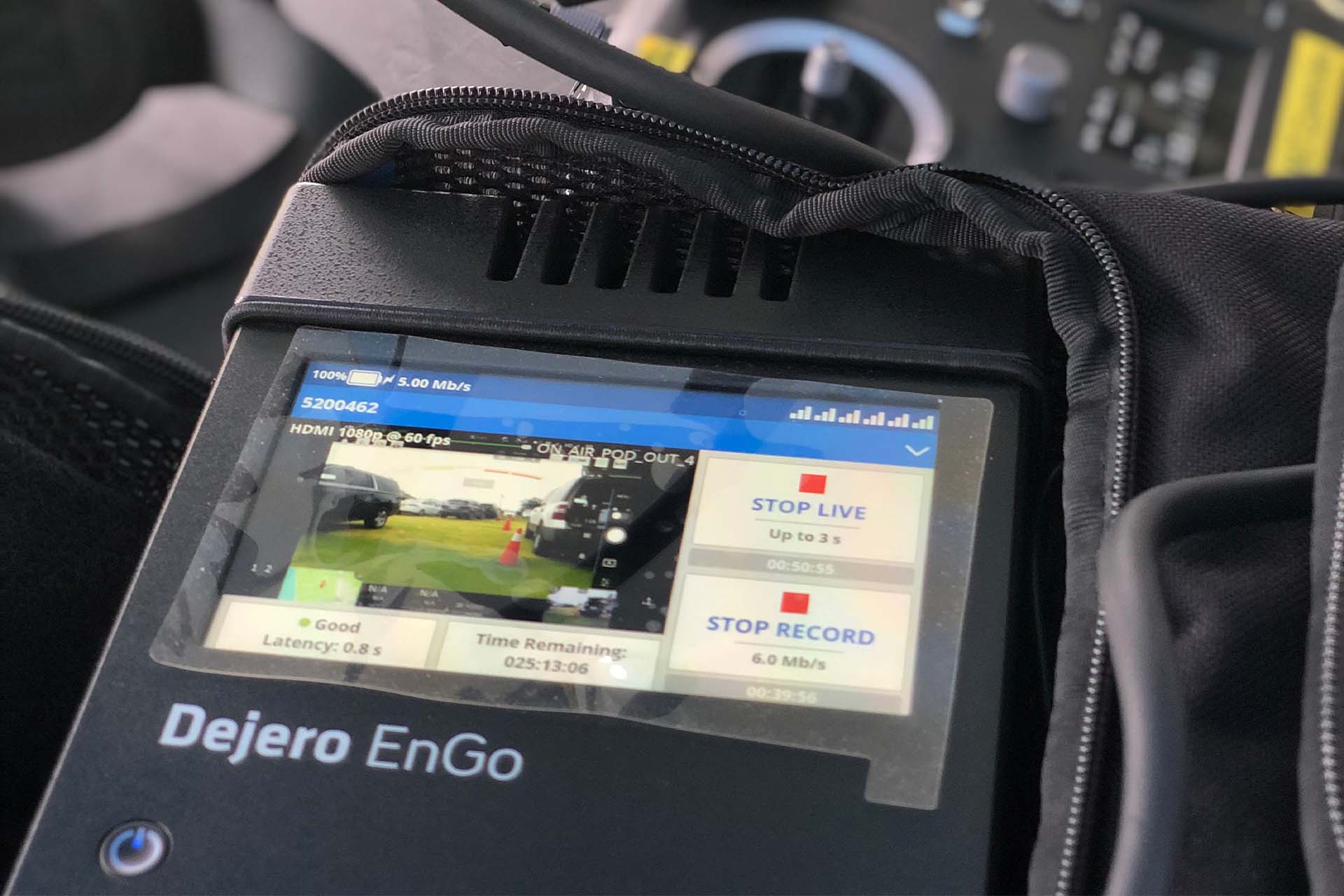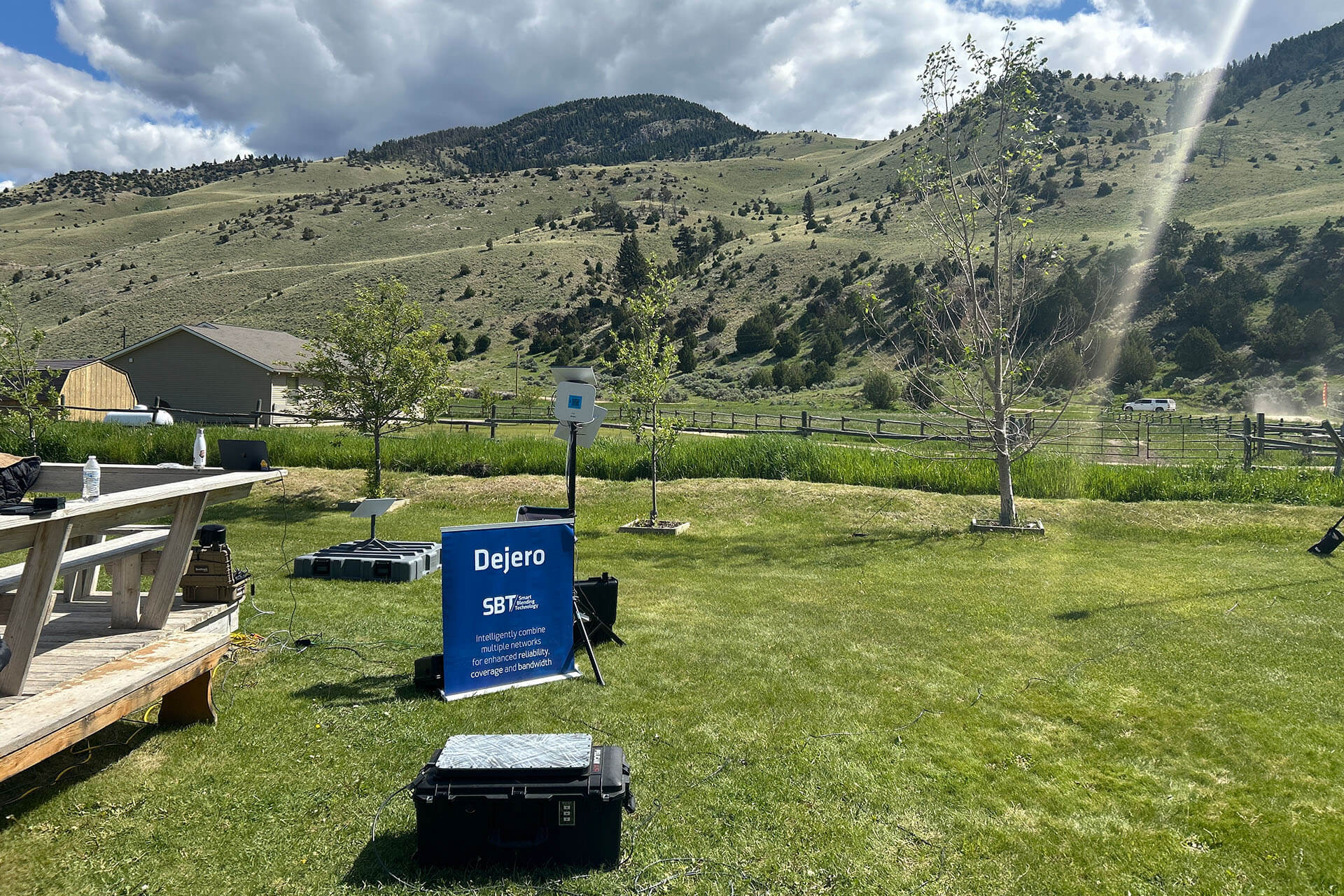There’s a lot to be said about trusting your gut.
Intuition is a force to be reckoned with, and if you are a broadcaster covering breaking news, or a content creator working from a remote location, your instincts might be screaming that despite the noise around 5G, you need something more robust to guarantee connectivity.
Trust your gut.
We’ve never had better or more abundant connectivity, and wireless networks like 5G provide even more ways to access reliable backhaul from remote locations. It’s convenient, it promises low-latency, fast speeds and it’s easily accessible. In some cases, it even delivers.
But not everything in life is as reliable as your instincts. And all too often, neither is 5G.
Not all 5G are the same
While early adopters of 5G like the UAE and South Korea are achieving median download speeds in excess of 500Mbps, it is a different story elsewhere. Globally, 5G is still in its infancy and in fragmented regions like Europe, performance is especially inconsistent.
According to the GSM Association, there are more than 80 5G operators in Europe, and only a handful are capable of delivering speeds in excess of 200Mbps. Thanks largely to their dedicated 5G spectrum and a supportive regulatory environment, the Nordic countries of Sweden, Finland, Denmark and Norway, as well as Cyprus, are all capable of download speeds which qualify them as “High Performers” by connectivity specialist Ookla.
But in contrast, the five biggest European economies ─ Germany, the UK, France, Italy and Spain ─ are all struggling with spotty coverage and median downloads speeds as low as 98Mbps.
And it’s not getting any better.
As more and more smartphones, wearables and IoT devices piggyback on Europe’s 5G infrastructure, the resulting network congestion means that median 5G speeds are actually decreasing every year. A report by the European Court of Auditors estimates that 5G deployment across the EU will cost around €400 billion, and with service providers already struggling to see a return on their existing 5G investment, future development into standalone 5G also looks doubtful.
For anyone who needs reliable, robust and high-bandwidth connectivity, 5G isn’t enough.
Sharing the load
For mission-critical functions, one connection is never enough, which is why Dejero Smart Blending Technology™ leverages multiple connections to deliver more ways for people to access reliable connectivity, wherever they are.
This carrier diversity delivers greater resiliency, and Dejero’s next generation 5G mobile video transmitters are already fully compatible with both standalone and non-standalone 5G. Combining 5G into multiple cellular networks, fiber and IP connections, as well as low earth orbiting (LEO) satellites, Dejero Smart Blending Technology creates a virtual 'network of networks' to deliver reliable low-latency connectivity.
Where 5G modem coverage is unreliable, these diverse connectivity paths protect against 5G coverage gaps and dead zones, while Smart Blending Technology dynamically manages fluctuating bandwidth, packet loss, and latency differences of individual connections in real-time.
Meanwhile, Dejero’s 5G mobile video transmitters, the EnGo 3 and 3x, boast four 5G modems and four antennas per modem to deliver connectivity and speeds suitable for live news gathering from anywhere in the world. These 4x4 MIMO (Multiple Input, Multiple Output) antennas handle multiple signal paths simultaneously. With multiple transmitters and receivers, MIMO enables the EnGo 3 series of transmitters to send and receive data faster than a single antenna can and they improve signal quality, especially in environments where there might be interference or weak signal strength. If you are streaming 4K in the field, having this MIMO technology is paramount.
Our award-winning RF and antenna architecture is able to hold onto a cellular tower and utilize all the available bandwidth, while the addition of LEO satellite connectivity requires nothing more than line of sight to the sky to connect. With latencies of less than 20ms, LEO services like Starlink are well-suited to real-time applications like live broadcast, and with the U.S. Federal Communications Commission granting the company permission to launch up to 12,000 satellites, it promises to deliver a huge low-latency mesh network of connectivity across the planet.

Testing times
With uncertainty over the development of 5G even in advanced economies like Europe, it’s good to have more options when we need them. And we need them more than ever.
We’ve gone from sending video from point A to point B, to having everything connected over data. Dejero brings all this into one environment, combining video transmission with data connectivity to enable everyone from remote broadcast crews to emergency support teams, to operate in the same way they would in an internal facility.
We’ve seen those limits consistently pushed; our equipment has been flown in helicopters and in planes; it’s been on the ground in the most inhospitable of locations; it’s been in rivers, floods and fires, and in areas affected by earthquakes. It’s worked with broadcasters in Ukraine war zones and in the Maui wildfires, and it is really rewarding to be able to help broadcasters on the front lines who are using Dejero technology for good.
We’re still pushing the boundaries. In preparation for this summer’s sporting events in Paris, Dejero is undertaking 5G tests in the French capital with its EnGo 3 range, using a variety of SIM configurations across eight venues, including the South Paris Arena, the Emile Anthonie Stadium and the Stade de France.
The landscape is constantly evolving, but in a world where there’s still a huge disparity in 5G connectivity, it’s good to know we don’t have to rely on just that.













